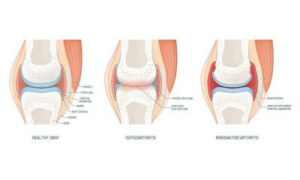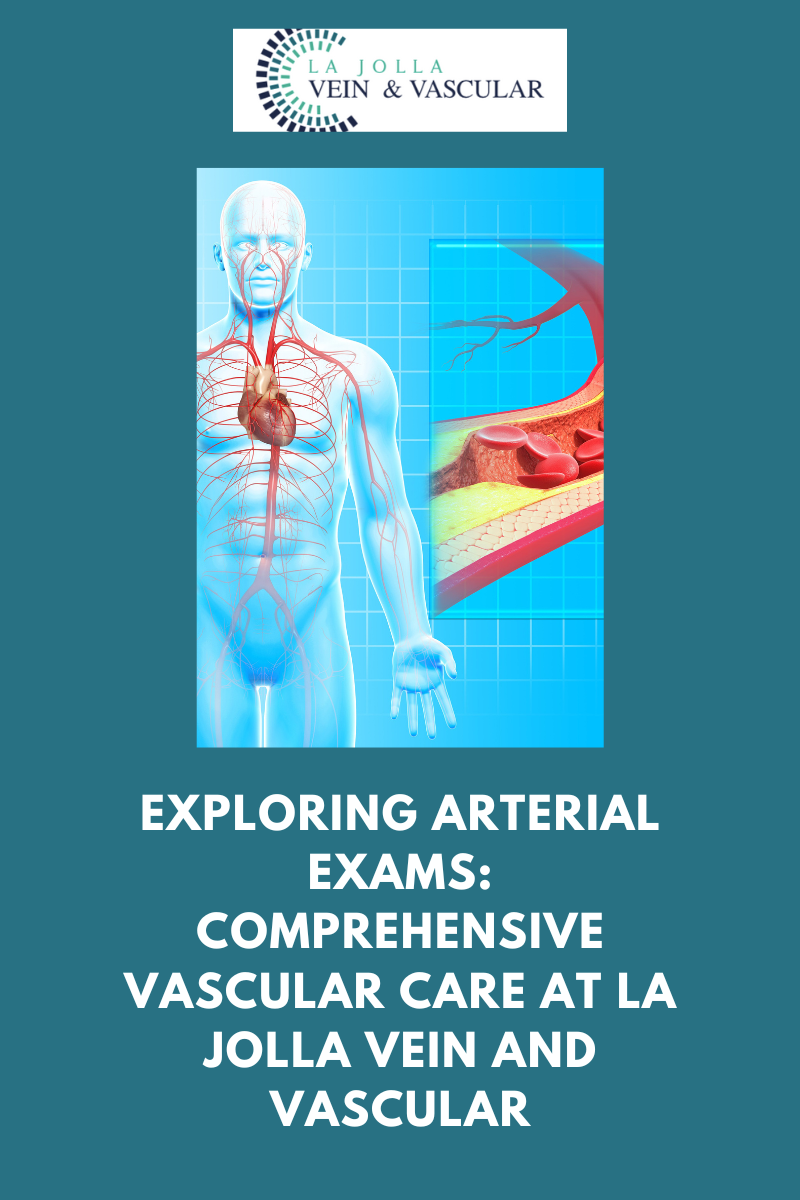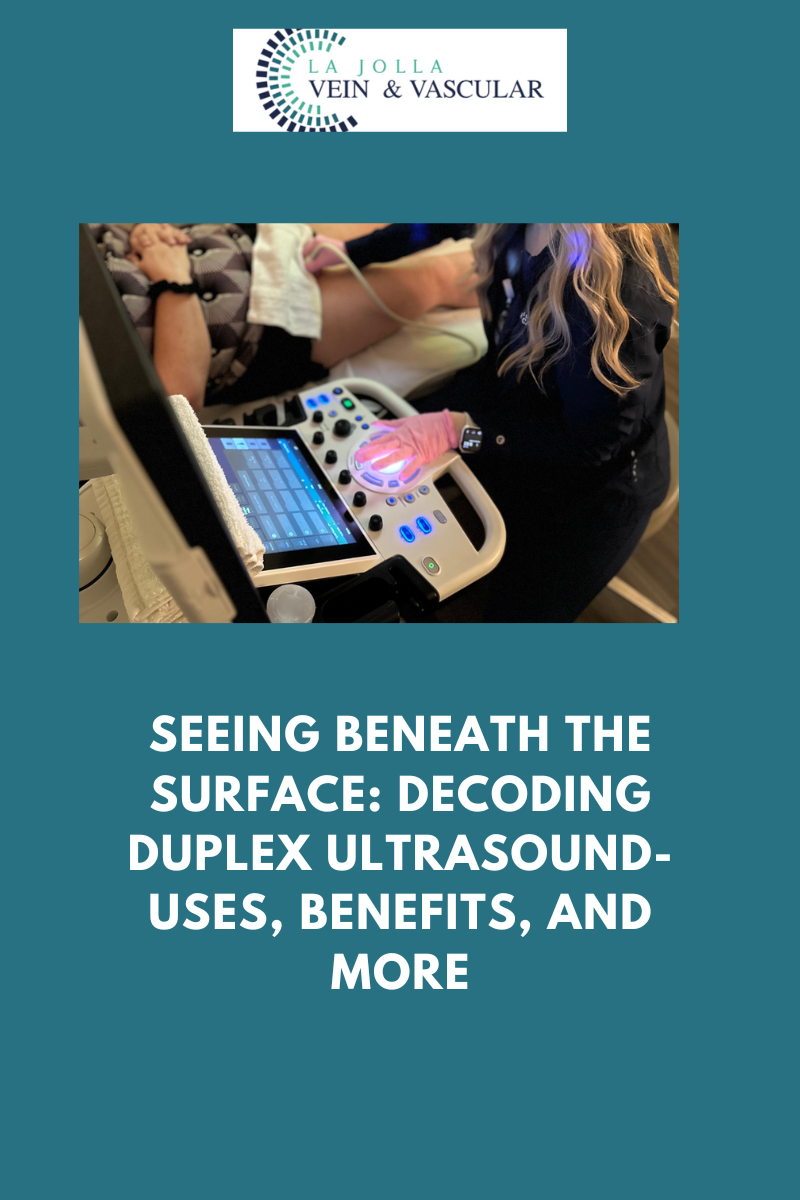Knee Pain & Vascular Health

Have you been experiencing knee pain? Osteoarthritis could be the reason.
Osteoarthritis is the most common arthritis form for knee pain, that affects millions of people across the globe. While OA can affect any joint, it often damages the knees, hands, spine, and hips. Also known as wear and tear arthritis, the condition develops when the protective cartilage cushioning the ends of the bone in a joint wears away over time. Joints are parts of the body where two or more bones meet. These parts include your knee, hip, hands, backbone (any part of the body that you can bend has a joint).
The ends of the bones in a joint have a smooth, slippery surface referred to as the cartilage. This protective covering allows the bones to rub against each other without friction. Osteoarthritis causes the wear and tear of the cartilage between the bones, making the joint rough. The increased resistance at the joint causes stiffness, pain, swelling, and decreased ability to move.
While various treatments help in managing the OA symptoms, damaged joints are not reversible. Maintaining a healthy weight and staying active c will also help in slowing the disease progression. Although OA can affect both men and women at any age, individuals aged over 45 years are at an increased risk. Based on the research done by the Arthritis Foundation, osteoarthritis affects more than 27 million people in the USA alone, with the knee being the most susceptible part. Research also shows that women are at an increased risk of developing OA than men.

Osteoarthritis of the Knee
The most common cause of knee pain is knee osteoarthritis. The pain may come and go, become worse over time, or come accompanied by other symptoms, including knee stiffness. The condition develops due to degeneration of the cartilage. While the cartilage does not contain any nerves, damage or missing cartilage in the knee causes friction between bones and bone tissue changes, leading to pain. For example, damaged cartilage can lead to various bone changes such as:
- Bone Spurs
Bone spurs, also known as osteophytes, are abnormal bony growth at the knee joints with damaged cartilage. The joint bones produce the bone spurs to compensate for missing or deteriorated cartilage. Bone spurs have an irregular shape that creates more friction in the knee joint, causing discomfort and pain.
- Subchondral Bone Sclerosis
Due to undistributed weight loads, the tibia and femur surfaces, which lie beneath the cartilage, can change in composition, making it harden.
- Cysts And Bone Marrow Lesions
Missing or deteriorated knee cartilage can also lead to cysts development and bone marrow lesions (areas of abnormal swelling). These cysts and lesions lead to knee discomfort and pain.
How is Osteoarthritis of the Knee Diagnosed?
The diagnosis process for knee osteoarthritis starts with a thorough physical examination by a qualified doctor. Your physician will also collect your medical history and ask you about any symptoms you may be experiencing. Ensure that you explain your symptoms in detail and point out what makes the pain better or well. It is also essential to find out if other members of your family have knee arthritis.
Besides collecting the information and performing a physical examination, your doctor may also request additional testing such as x-rays and MRI scans. The X-ray imaging shows the extent of the cartilage damage and any presence of bone spurs. Magnetic resonance imaging (MRI) scans are more precise and detailed and help the doctor see the bones, cartilage, and other joint tissue damage. The doctor may also request blood tests that will help him to rule out other conditions that may be causing the knee pain.
“Bringing Experts Together for Unparalleled Vein and Vascular Care”
La Jolla Vein & Vascular (formerly La Jolla Vein Care) is committed to bringing experts together for unparalleled vein and vascular care.
Nisha Bunke, MD, Sarah Lucas, MD, and Elliot DeYoung, MD are specialists who combine their experience and expertise to offer world-class vascular care.
Our accredited center is also a nationally known teaching site and center of excellence.
For more information on treatments and to book a consultation, please give our office a call at 858-550-0330.
For a deeper dive into vein and vascular care, please check out our Youtube Channel at this link, and our website https://ljvascular.com
For more information on varicose veins and eliminating underlying venous insufficiency,
Please follow our social media Instagram Profile and Tik Tok Profile for more fun videos and educational information.
For more blogs and educational content, please check out our clinic’s blog posts!





